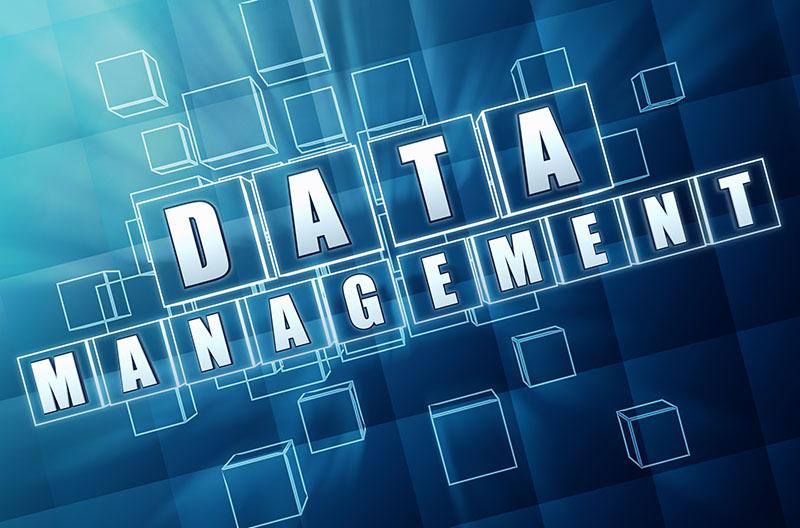The finer points of data management are often overlooked by most companies. There are many techniques available to help you maintain data quality, but the first step in getting the best from your information is to determine how it will be used. Many companies have piles of data that they never look at. This wastes resources and makes it difficult to find the relevant information that you need. The best way to keep this kind of information organized and manageable is to create a process for using the data.
A good data management technique includes a strong data storage approach. A company should determine which storage types and locations are best for each type of information. It’s also important to establish a consistent naming policy so that all data is easily identifiable. Otherwise, a company can end up with a “data swamp” that doesn’t have any useful information. Creating a DMP can help keep data clean and usable.
A DMP is the central component of good data management. It outlines the best ways to store and retrieve data. Once these steps are completed, companies can move on to the next phase of data management: archiving and destroying it. This is the phase of the data life cycle where organizations can get the most value from their data. Once this phase is complete, the organization will have an easier time generating meaningful and actionable information.
Another aspect of good data management is the control over the data throughout its life cycle. By using proper policies and procedures, an organization can ensure the data remains in good shape until the end of the project. Then, a company can decide whether to archive the data or destroy it. Regardless of which phase, the data lifecycle phases are essential in ensuring the best possible results. So, when planning for your next survey, make sure to include these strategies in your plan.
The best data management techniques will vary based on the type of information that needs to be analyzed. For example, a researcher studying the weather may focus on the probability distribution of temperature and precipitation. These are the two basic steps of data management. The software you use will make it easier to customize your approach. So, there’s no need to be intimidated by this. The data management techniques will help you secure your data in the best way.
The best data management techniques will help you keep your data clean and usable. The first step is to audit the data. This way, you can ensure that your data is not contaminated by bad data. It’s vital to make sure that your data is clean and ready for analysis. By doing this, you can ensure the accuracy of your data, which is the most important part of your business. There are many techniques to consider when it comes to your data.
